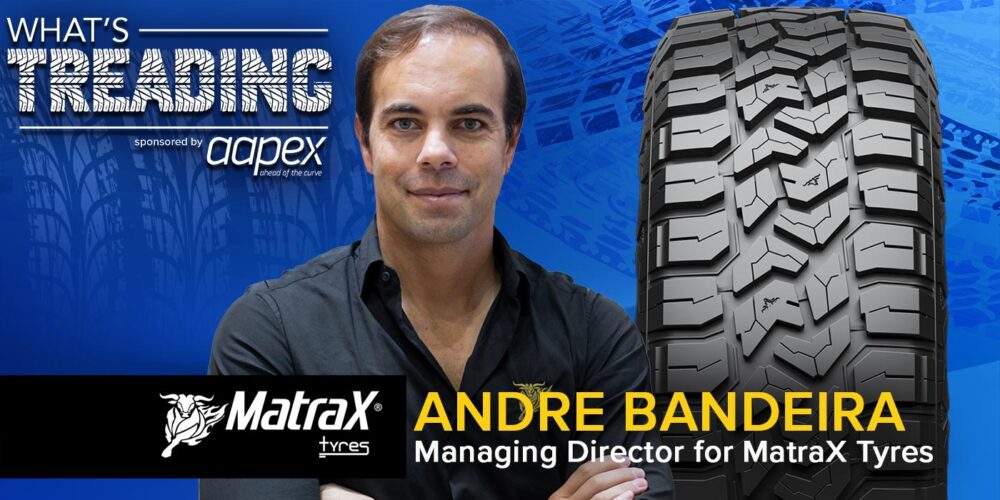Tire repairs have been a basic component of a tire dealer’s business ever since the beginning of the tire industry. If you take yourself back to the 1890s, tires weren’t all that sophisticated, so car owners could count on needing to make a tire repair on nearly every drive! In those days, these repairs weren’t typically taken to a driver’s friendly neighborhood tire dealer – they just did it themselves!
Today, tire technology has come a long way, and “flats” are virtually a thing of the past. Manufacturers make tires that are technologically advanced and can withstand most road hazards.
These higher-tech tires can certainly still receive damage from road hazards, but you don’t see many drivers taking care of these repairs themselves… Let’s talk more about why that is in this Tire Review Continental Tire Garage Studio video.
Because of the more sophisticated construction of today’s tires, tire repairs need to be done by a tire service technician who has been trained to do a complete and proper tire repair.
It’s recommended that all tires be properly repaired per guidelines from TIA. Repairs should be limited to puncture injuries of no more than a quarter-inch in size, and you should never repair tires worn to the tire’s treadwear indicators or to 2/32-inch remaining tread depth in any area of the tread. And, don’t make repairs where the injury damage extends into the shoulder or belt edge area, or if the injury extends at an angle into the shoulder area. If any of this is the case, it’s time to scrap the tire.
For all tires, repair units can’t overlap. The number of repairs should be limited first by the tire manufacturer’s recommendations and repair policy, then by the application and the tire’s condition as determined by the inspection process.
Then, there are run-flats. Some run-flat technology can’t be repaired safely. To know for sure, technicians should consult tire manufacturers for their repair policies and, if applicable, for their recommended repair procedures.
Regardless of the tire you’re repairing, I want you to remember: The ONLY tire industry-recommended puncture repair method is to remove the tire from the rim, followed by a thorough inspection inside the tire, followed by a patch and plug that is installed using guidelines established by the U.S. Tire Manufacturers Association.
Don’t forget to follow us on Instagram and Facebook and subscribe to our YouTube channel for more tire, service and shop operations videos.













